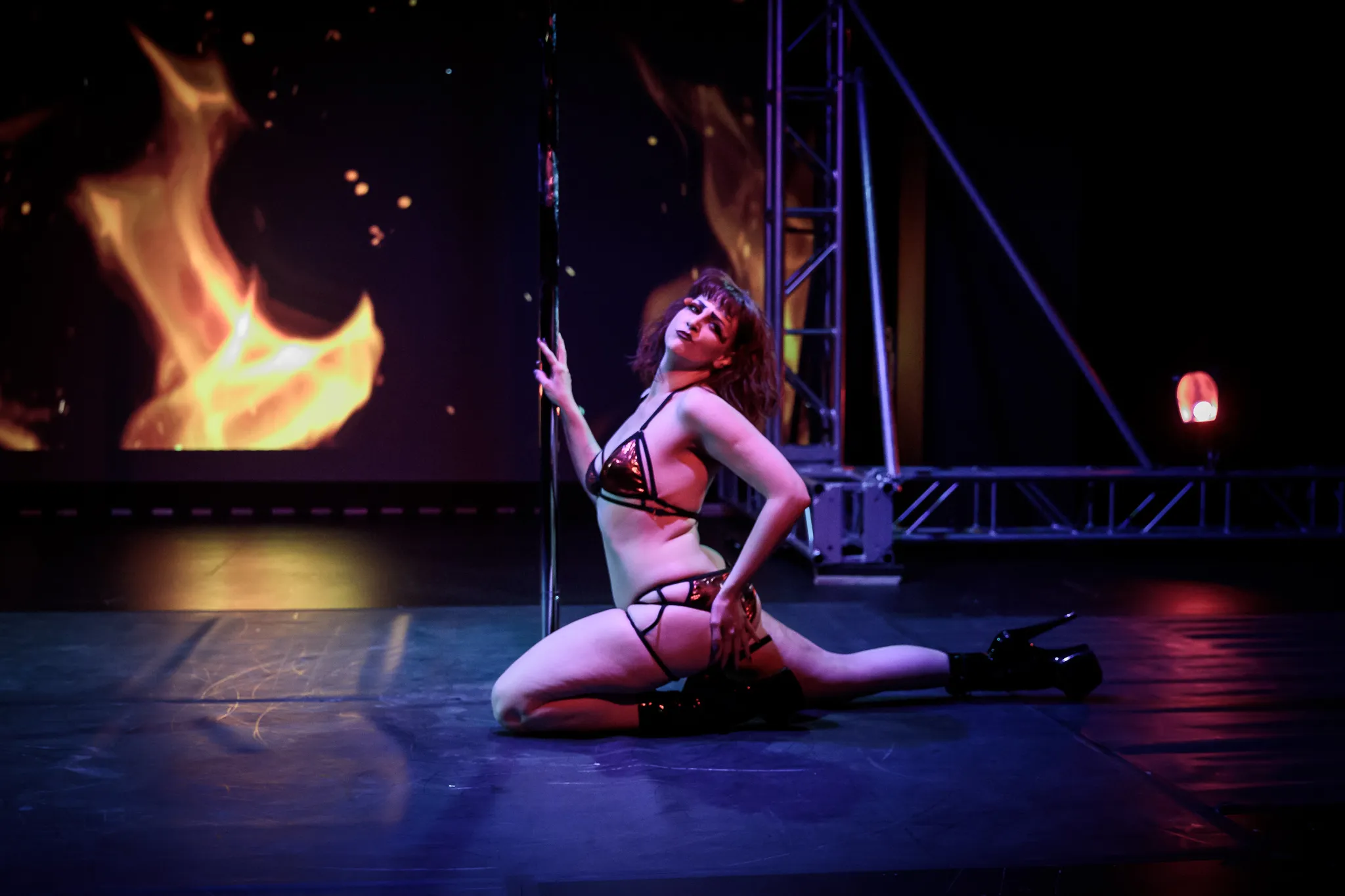Is that pole setup safe? Crucial Rigging Tips for Pole Performers and Competitors to Know. Part 1
Truss systems
If you're a participant in a pole show, competition, or event, it's essential to have a good understanding of the rigging and setup used in the performance area. Not only will this knowledge help you perform with confidence, but it's also a safety measure that ensures your well-being. In this blog post, we'll explore one fundamental rigging tip that every pole artist should be aware of: the use of truss systems and the importance of cross bracing.
Truss Systems in Pole Show Rigging
One of the most common methods of setting up and anchoring poles in a large performance space is through the use of truss systems. Truss are are the metal square-like structures that a pole can be anchored to when there isnt an option to tie directly to the ceiling. These sections are interconnected by pins at joints, creating a framework that can support the weight and movement of performers. Truss systems are highly versatile and are favored for their adaptability to various pole event setups.
The Importance of Cross Bracing
Cross bracing is a key element in ensuring the safety and stability of a truss-based pole setup. Cross bracing is a bar that is added to the structure. It connects a horizontal and vertical truss at a 45 degree.
Without proper cross bracing, a truss system can exhibit excessive movement, compromising the integrity of the structure. Cross bracing can be in a third or fourth leg or in a two leg system cross bracing consists of bars that connect the top portion of the truss to its supporting legs.

Image: Land of Lakes Pole Festival 2020, Red Rider - see an example of a type of cross bracing on the back floor truss or "legs" to the upright truss in the background here. There is not one way to do it depending on the space and requirements it may change but is still essential. Do not attempt this yourself. Please consult with professionals.
Here are a few key points regarding cross bracing:
Stability: Cross bracing adds stability to the entire truss system. It helps distribute the forces exerted on the pole and reduces unwanted sway.
Safety: The primary concern in pole shows is the safety of performers. Cross bracing minimizes the risk of the truss system collapsing or moving unpredictably during a performance.
Types of Truss Systems: Depending on the truss system being used, cross bracing may vary. Some setups have four legs, while others have three or even two. In the case of a two-legged truss system, cross bracing becomes even more critical.
Customization: The configuration of cross bracing can be tailored to the specific needs of the performance, ensuring that it provides the necessary support without obstructing the visual aspects of the show. This should be done by professionals only.
As a pole show participant, understanding the basics of rigging is vital. Truss systems are commonly used for their adaptability and flexibility, but they must have proper cross bracing to guarantee safety and stability during performances.

Photo: Land of Lakes Pole Dance Festival 2022 Backstage view
This article is to help you to have more of an understanding and therefore make informed decisions about your level of risk. By being aware of these principles, you can not only perform confidently but also play a role in understanding the risks, safety, and integrity of the show. In our next blog post Part 2 HERE, we'll delve into more pole show rigging tips to help you safety and confidently shine on stage.
I highly recommend that these systems be complemented and overseen by professionals that understand the unique loads of pole dance and the requirements to safely set up. Do not set them up yourselves.
Are you considering setting up a pole show? Pole Art offers consultations, setup, rigging, rentals, and more. Email for more info [email protected]
